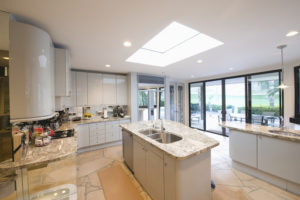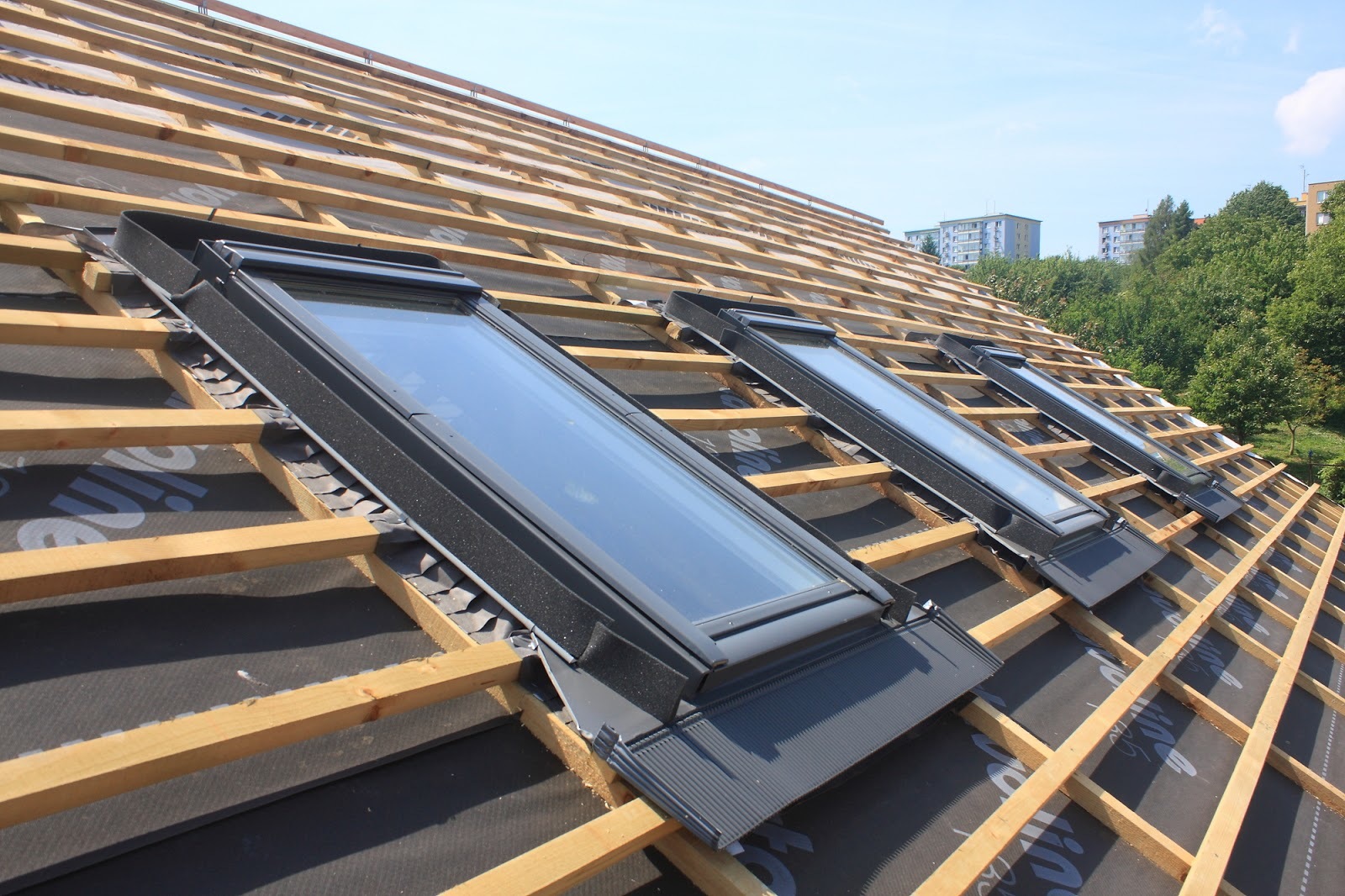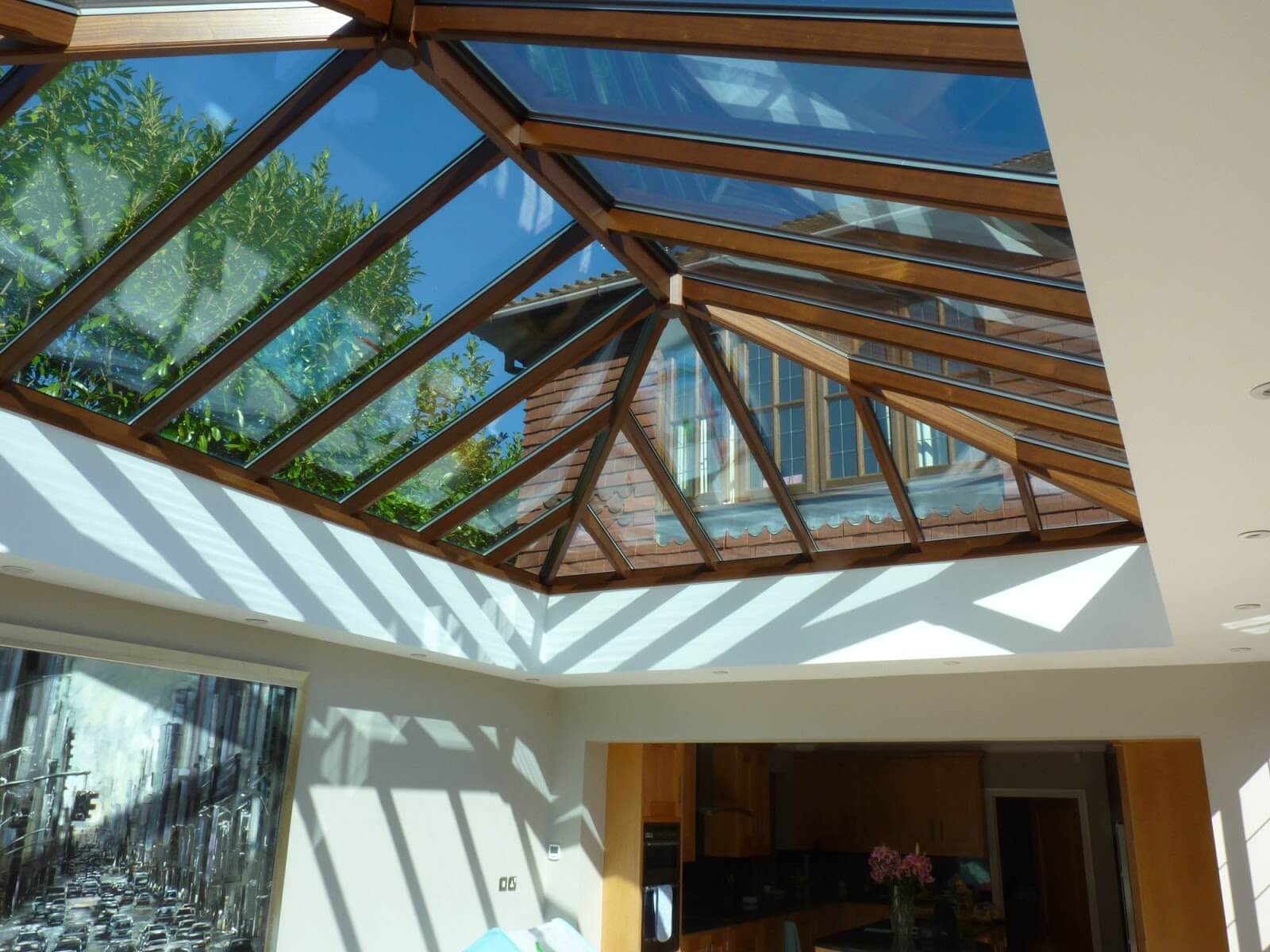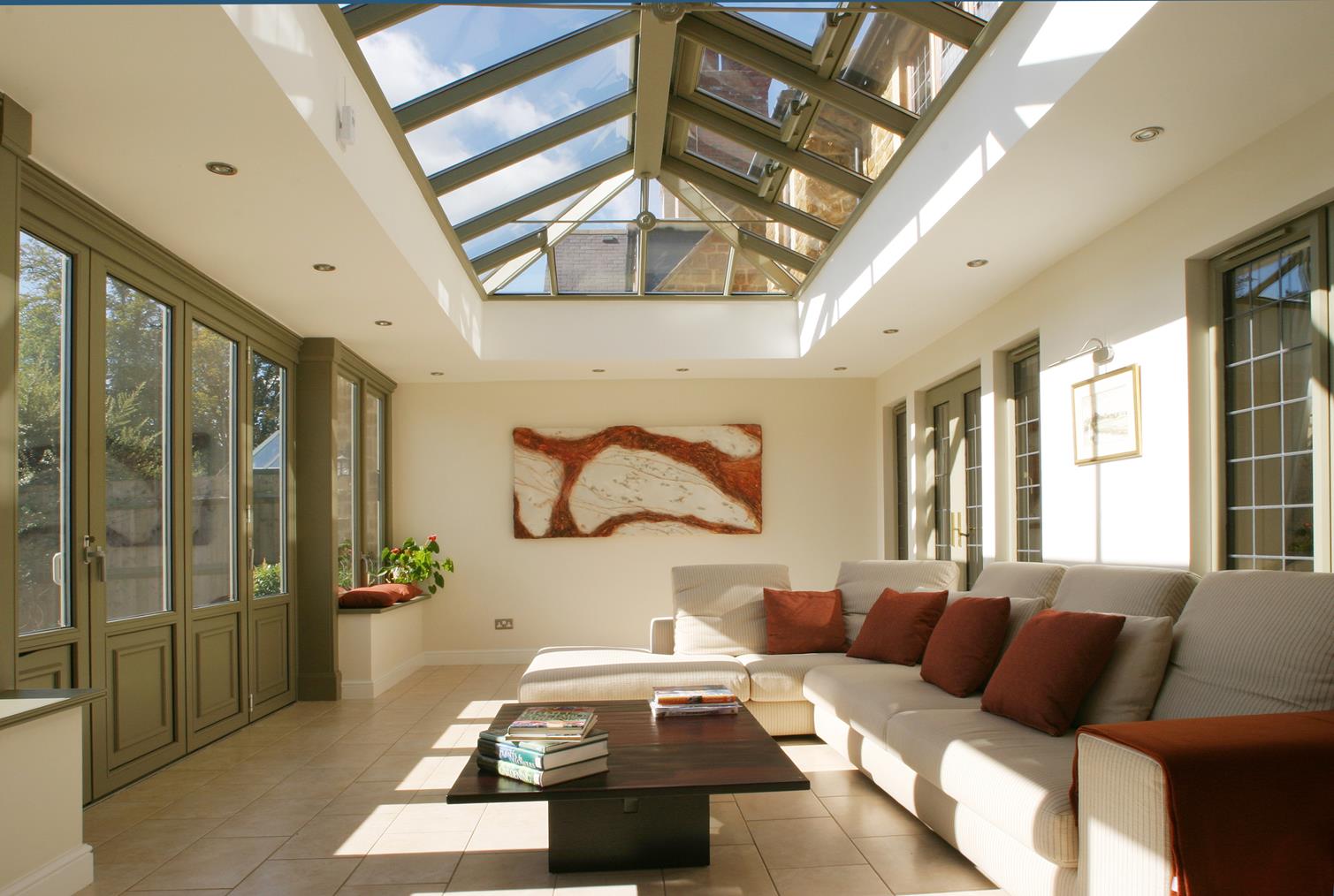Looking to add a touch of rustic charm or contemporary elegance to your home? A wooden roof lantern just might be the perfect architectural focal point. Let’s explore the warmth and character that wood lends […]
Flat Roof Advantages and Disadvantages: Your 101 Guide
“Key Advantages and Disadvantages of Flat Roofs”
This article explores the key advantages and disadvantages of flat roofs, including cost savings, simplicity of installation and issues with potential leaks or damage. Get the full breakdown on whether a flat or sloped roof makes the most sense based on climate, budget, lifespan and what innovative new flat roofing materials with improved durability are now available. Learn best practices for maintenance, slope calculations and modern decorative designs before deciding on flat vs pitched roofing.
Key details:
- Summarizes the main focus of comparing flat vs sloped roofs
- Touches on advantages like cost and simplicity
- Mentions disadvantages like the potential for leaks/damage
- Discusses innovations in materials and decorative designs
- Notes importance of maintenance and slope considerations
- Frames article as a decision-making guide for readers
Here at Roof Lanterns UK, we install high-quality roof lanterns for both flat and pitched (or sloped) roofs.
Our flat roof skylights are energy efficient and are provided in all standard and custom sizes. They are manufactured using premium hardwood or aluminium and finished in microporous, high-quality paint from Farrow and Ball.
Although most of us will already have a specific roof design before purchasing our skylights or roof lanterns, there may be some people considering installing or changing a flat roof.

Here are some advantages and disadvantages of flat roofs:
Advantages
Flat roofs are great for small rooms like garages and extensions, due to their simple design and installation. Flat roofing consists of a waterproof membrane on top of a horizontal base, which is then attached to ceiling joists below. Although described as flat, flat roofs usually have a slight slope to allow rainwater to run off.
In addition, flat roofs are fairly cheap to install, requiring less material and work than pitched roofs. When a flat roof needs changing, a full replacement can generally be completed within a day.A recent material used for flat roofing is Ethylene Propylene Diene Monomer (EPDM), which is a thick rubber membrane that is applied in one sheet. It has no seams and lasts for approximately 40 years with good maintenance. That said, standard felt flat roofing has a lifespan of around 20 years when it is well-maintained and is therefore an equally decent material for your roof.
Any other points?
- Lower Material Costs: Flat roofing requires fewer construction materials than angled roofs. For example, a basic 100 m2 flat roof uses approx. £1,500 in supplies like joists, insulation, membrane and flashing. A pitched roof of equal size uses over £2,200 for items like rafters, water barriers, shingles and ridge vents.
- Easier Installation Process: The assembly process for flat roofs is more straightforward without complex angled cuts. This allows using less specialized labor and speeds up construction timelines considerably. Roofing contractors estimate flat installation as taking half the hours.
- Deck and Ceiling Access: The flat surface provides safer, simpler access to the rooftop deck for maintenance work or recreational uses. Flat interior ceiling aesthetics are also simpler to decorate or install lighting fixtures on.
- Solar Panel and Garden Suitability: Flat roofs accommodate solar infrastructure for renewable energy harnessing much better structurally and angle-wise. They also create fertile foundations for elevated urban garden green spaces.
-
Reduced weight: Flat roofs are generally lighter than pitched roofs, which can reduce the load on the building’s structure. This can be beneficial in areas with weak soils or where weight restrictions are in place.
-
Expanded usable space: Flat roofs can provide additional usable space for activities such as recreation, gardening, or outdoor dining. This can be particularly valuable in urban areas where land is scarce.
-
Integration with interior spaces: Flat roofs can be seamlessly integrated with interior spaces, creating a sense of openness and connection to the outdoors. This can be achieved by using skylights, sky bridges, or rooftop gardens.
-
Reduced heat gain and loss: Flat roofs can be designed to minimize heat gain in the summer and heat loss in the winter. This can be done by using reflective or insulating materials, and by incorporating overhangs or other shading devices.
-
Potential for rainwater harvesting: Flat roofs can be equipped with rainwater harvesting systems to collect and store rainwater for use in irrigation, toilet flushing, or other non-potable applications. This can reduce reliance on municipal water supplies and lower water bills.
Disadvantages
The main disadvantage of flat roofing is maintaining your roof. Because the maintenance of a flat roof can be both costly and time-consuming, many people opt for a sloped roof. Sloped roofs tend to suit colder and wetter climates. A number of flat roofs have been reported to collapse under heavy snow and leak when it rains. This is much more likely to happen if they have been poorly maintained.
What’s more, if you do not choose the EPDM material, you will be looking at roof replacement after 20 years, which puts many people off purchasing a flat roof.
That said, with the development of the EPDM material, doubling the lifespan of flat roofs, it could be that flat roofs become increasingly popular.
Any other points?
- Lack Visually Appealing Architectural Dynamics: Some homeowners find the static flat landscape visually uninspiring or too industrial/utilitarian in style contrasted to angled roof duplexes and peaks that add dimension.
- Shorter Lifespan Materials: The budget flat roofing choice of bitumen felt coverings lasts just 20 years typically before needing full replacement. Though premium materials like EPDM rubber offer 40-50 year lifespans.
- Increased Leak Risks Without Care: Flat planes are more vulnerable to pooled water accumulation and subsequent penetration leading to costly moisture ceilings and wall damages if they are not properly drained and maintained diligently.
- Limited Peak Weight Capacities: While subtle slope angles improve snow slide-off, completely flat roofs have strict capped weight limits before collapsing. So snow-prone regions require careful structural engineering considerations and precipitation monitoring.
- Increased maintenance requirements: Flat roofs require more regular maintenance than pitched roofs, especially in areas with extreme weather conditions. This includes inspecting the roof for leaks, repairing any damage, and cleaning the roof to prevent the accumulation of debris.
- Potential for ponding and erosion: Flat roofs are more susceptible to ponding and erosion, especially during periods of heavy rainfall or snowmelt. This can damage the roof membrane and lead to leaks.
- Limited ability to withstand heavy snow loads: Flat roofs are generally less able to withstand heavy snow loads than pitched roofs. This can be a concern in areas with cold climates that experience snowfall.
- Potential for heat island effect: Flat roofs can contribute to the heat island effect, which is the phenomenon of urban areas being warmer than surrounding rural areas. This is because flat roofs absorb and retain heat, which can lead to higher temperatures in the surrounding environment.
- Increased fire risk: Flat roofs are generally considered to be more vulnerable to fire than pitched roofs. This is because they have a larger surface area that can be exposed to flames.
Contact us at Prestige Roof Lanterns UK
If you are interested in investing in any of our roof lanterns at Prestige Roof Lanterns UK, or even if you would simply like to ask a question about our lanterns, then please do not hesitate to contact us at Prestige Roof Lanterns UK and we’ll be happy to help.






